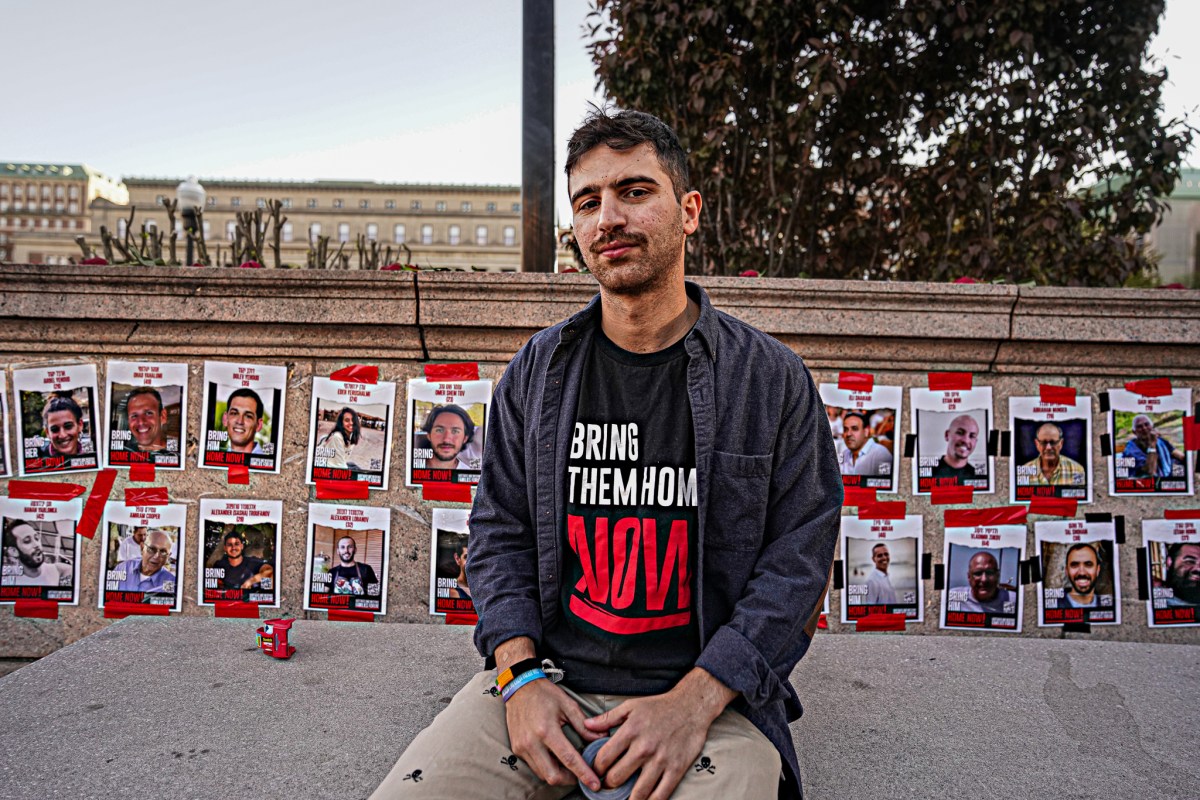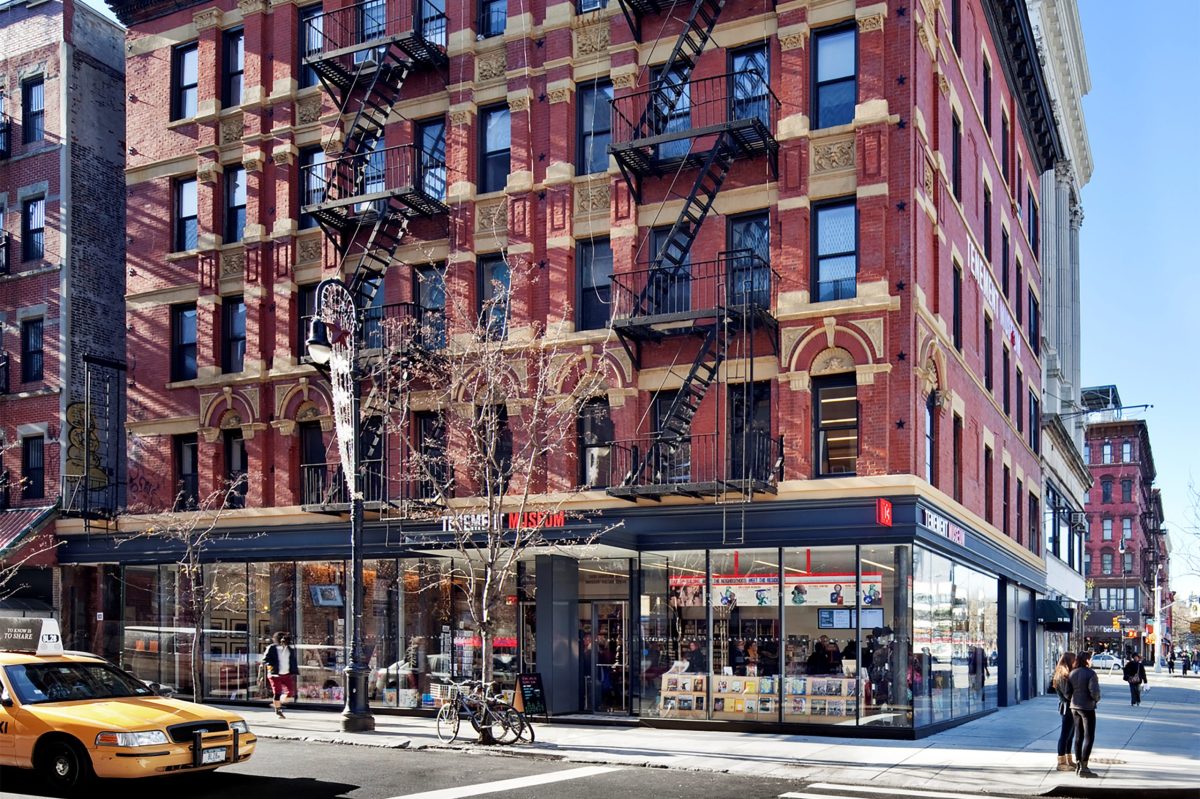In the mid ’90s, after a slew of headline-grabbing violent crimes on or near elite university campuses, administrators at these schools — most notably Yale and the University of Pennsylvania — finally began to grasp what activists had long preached: A college must be a force for positive change in its surrounding community.
Over the last 20 years, many urban schools have developed a new, expansive view of their role in the community. But has this shift — in both attitudes and resources — actually helped the people living in these areas?
Yes and no, says a new study, “The Road Half Traveled: University Engagement at a Crossroads,” recently released by Michigan State University Press.
“Universities are fundamentally rooted in their community. And they have a lot of resources. They’re the biggest employers and biggest construction builders in most metropolitan areas. They can have a huge impact when they focus their resources locally,” says co-author Rita Axelroth Hodges, who is now assistant director of the Netter Center for Community Partnerships at the University of Pennsylvania. “But all of this work takes a lot of time and thought and relationship building. The community needs to be engaged from the beginning. It needs to be mutually beneficial.”
“Half Traveled” looks at the community initiatives of 10 colleges nationwide. It is unclear to what extent, but the researchers found at least some of this new investment has actually displaced residents near these campuses.
“It’s a burning question for many of us in this field: What is the true impact on the long-term residents in these communities?” says Hodges. “What we unfortunately found [in this study] is that the measurements of that are not being followed as closely as they should be. We certainly have plenty of anecdotal stories of ways that it’s gone both good and bad, but we need to follow up.”
















